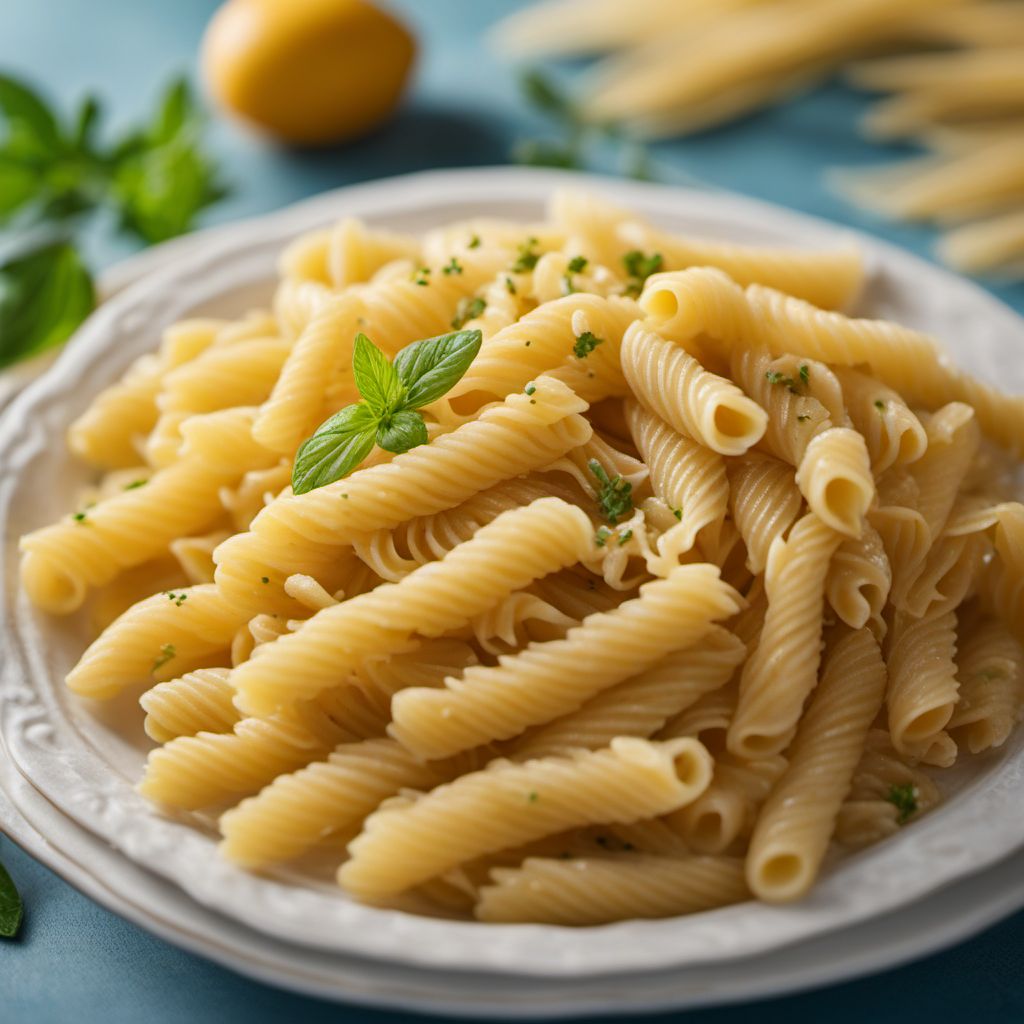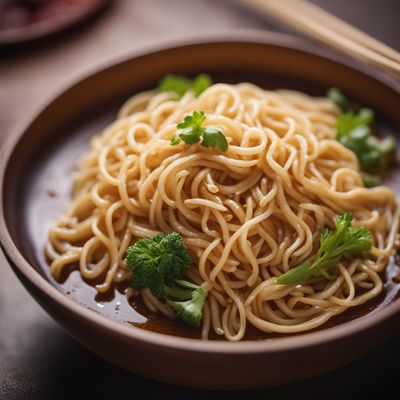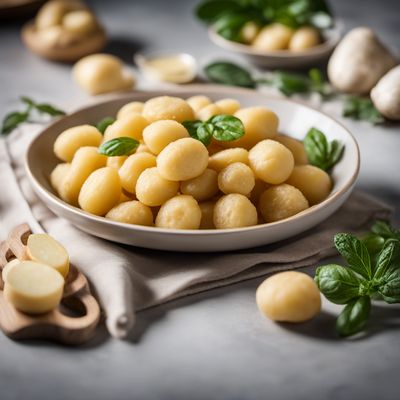
Ingredient
Pasta, gluten free
Delicious Gluten-Free Pasta
Gluten-free pasta is typically made from alternative flours such as rice, corn, or quinoa, resulting in a slightly different texture and taste compared to traditional wheat-based pasta. It is available in various shapes and sizes, allowing for endless culinary possibilities. The gluten-free version is a great option for those who need to avoid gluten due to celiac disease, gluten intolerance, or personal dietary choices.
Origins and history
Gluten-free pasta originated as a response to the growing demand for gluten-free options in the culinary world. With the rise of gluten-related health issues, pasta manufacturers started developing alternatives using gluten-free flours. The availability of gluten-free pasta has expanded globally, catering to a wide range of dietary needs and preferences.
Nutritional information
Gluten-free pasta is a good source of carbohydrates and provides energy for the body. It is often fortified with additional nutrients such as iron and B vitamins to compensate for the lack of enrichment from wheat flour. The nutritional content may vary depending on the specific brand and ingredients used.
Allergens
Gluten-free pasta is free from gluten, a protein found in wheat, barley, and rye, making it suitable for individuals with gluten sensitivities or celiac disease. However, cross-contamination can occur during production, so it is essential to check for certified gluten-free labels to ensure safety.
How to select
When selecting gluten-free pasta, look for reputable brands that are certified gluten-free to ensure the absence of cross-contamination. Check the ingredient list for alternative flours such as rice, corn, or quinoa. Opt for pasta that holds its shape well when cooked and has a pleasant texture.
Storage recommendations
To maintain the freshness and quality of gluten-free pasta, store it in a cool, dry place away from direct sunlight. Once opened, transfer the pasta to an airtight container or resealable bag to prevent moisture absorption. Proper storage will help prevent the pasta from becoming stale or developing a grainy texture.
How to produce
Gluten-free pasta can be produced at home by combining gluten-free flours such as rice flour, corn flour, or quinoa flour with water or eggs. The dough is then rolled out and cut into desired shapes before cooking. However, commercial options are widely available and offer convenience and consistency.
Preparation tips
Gluten-free pasta can be prepared similarly to regular pasta, but it may require slightly shorter cooking times. Follow the instructions on the package for the best results. When cooking, ensure that the water is well-salted to enhance the pasta's flavor. Gluten-free pasta is commonly used in dishes such as pasta salads, stir-fries, casseroles, and traditional pasta recipes.
Culinary uses
Gluten-free pasta can be used in a wide range of culinary applications, including classic pasta dishes like spaghetti Bolognese, fettuccine Alfredo, or lasagna. It is also suitable for cold pasta salads, stir-fries, and soups. The versatility of gluten-free pasta allows it to be incorporated into various cuisines and dietary preferences.
Availability
Gluten-free pasta is widely available in most grocery stores, health food stores, and online retailers. It can be found in the gluten-free or specialty food section. The availability may vary depending on the region and demand.




